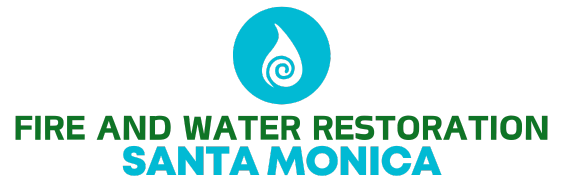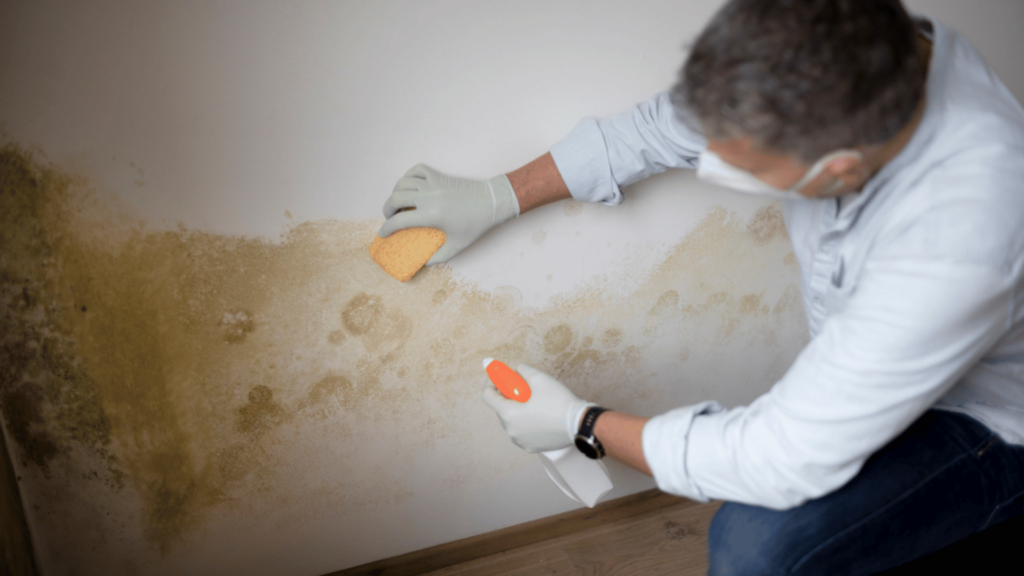The sudden and devastating outcomes of a fire or water damage in your house can completely upend your life. The rehabilitation process can be accelerated and the long-term impacts can be considerably reduced by knowing what actions to take. Here is a thorough guide to dealing with water and fire damage in your house that will guarantee a quicker and safer recovery.
Acknowledging the Trauma: Prioritizing Emotional Well-being
Before tackling the physical damage, acknowledge the emotional toll. It’s okay to feel overwhelmed, scared, or angry. Allow yourself time to process what’s happened. Seek support from family, friends, or counselors. This isn’t just about rebuilding a house; it’s about restoring your peace of mind.
Securing the Immediate Environment: Taking Control of the Chaos
Once the initial shock subsides, focus on immediate safety. If there’s lingering smoke or structural instability, evacuate and don’t re-enter until authorities deem it safe. For water damage, shut off the main water supply to prevent further flooding. This first step is about taking back control, creating a safe space to assess the situation.
Documenting the Damage: Building a Visual Narrative
Before any cleanup begins, meticulously document the damage with photographs and videos. This isn’t just for insurance purposes; it’s about creating a visual narrative of what happened. Capture every detail, every affected area. This documentation will be invaluable when communicating with insurance adjusters and restoration professionals.
Communicating with Your Insurance Company: Navigating the Claims Process
Contact your insurance company immediately. They’re your partners in this recovery process. Provide them with a clear and detailed account of the damage. Ask about temporary housing, living expenses, and the necessary documentation for your claim. This communication is crucial for a smooth and efficient recovery.
Engaging Professional Restoration Services: Seeking Expert Guidance
While DIY efforts might seem tempting, professional restoration services are essential for comprehensive recovery. These experts have the specialized equipment and knowledge to address hidden issues like mold, structural damage, and hazardous residues. Their expertise can prevent long-term problems and ensure a thorough restoration.
Addressing Water Damage: Preventing Mold and Structural Decay
Water damage can lead to mold growth and structural issues if not addressed promptly. Begin by removing standing water using pumps or wet vacuums. Thoroughly dry affected areas with dehumidifiers and fans. Remove wet carpets, upholstery, and other porous materials. Inspect walls, floors, and ceilings for hidden moisture and address any damp areas.
Tackling Fire Damage: Removing Soot and Smoke Residue
Fire damage leaves behind soot and smoke residue that can contaminate surfaces and compromise air quality. Wear protective gear, including masks, gloves, and eye protection, when cleaning. Ventilate the affected area to remove smoke and odors. Use specialized cleaning products designed for soot and smoke removal. Clean and sanitize all surfaces.
Restoring Structural Integrity: Rebuilding Your Home’s Foundation
Assess the structural integrity of your home after the damage. Repair or replace damaged structural components, such as walls, floors, and ceilings. Ensure all repairs are conducted according to building codes and safety standards. Consider hiring a licensed contractor for major structural repairs.
Inventorying and Replacing Belongings: Reclaiming Your Personal Items
Create an inventory of all damaged belongings for insurance purposes. Clean and restore salvageable items and replace unsalvageable ones. Consider hiring a professional cleaning service for delicate items or sentimental belongings. This process is about reclaiming your personal space and memories.
Maintaining Detailed Records: Building a Recovery Portfolio
Keep detailed records of all restoration services, receipts, and communication with your insurance company. This documentation will be essential for reimbursement and future reference. It’s about creating a comprehensive portfolio of your recovery journey.
Recovering from fire or water damage is a challenging journey, but by acknowledging the emotional impact, taking practical steps, and seeking professional guidance, you can rebuild your home and restore your life. Remember, you’re not alone, and there’s a path forward.

